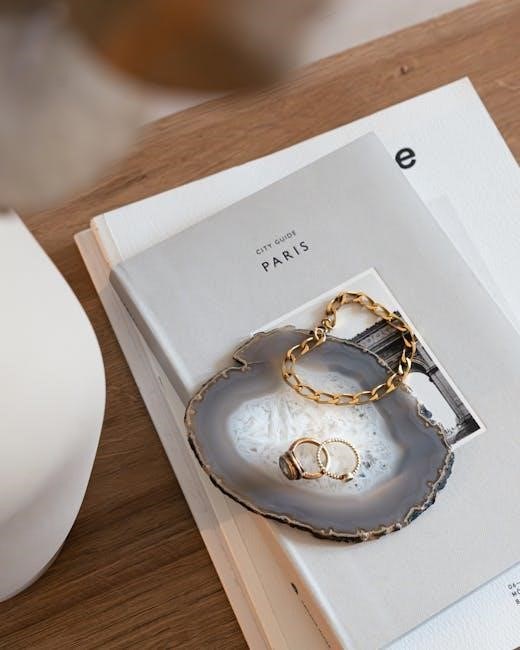Understanding the significance of accurate ring sizing is crucial for comfort and fit. This guide explores measuring ring sizes in millimeters using string, existing rings, or a ruler, ensuring a precise fit for your jewelry.
1.1 Understanding the Importance of Accurate Ring Sizing
Accurate ring sizing is essential for ensuring comfort and security. A ring that is too tight can cause discomfort, while one that is too loose may slip off. Proper sizing ensures the ring stays in place without restricting movement. Measuring in millimeters provides precision, as even small differences can significantly impact fit. Incorrect sizing can lead to resizing costs or discomfort, making it crucial to measure carefully. This guide helps you achieve the perfect balance for a comfortable and secure fit, whether for everyday wear or special occasions.
1.2 Overview of Ring Size Measurement in Millimeters
Ring size measurement in millimeters focuses on determining the inner diameter or circumference of the ring; This method ensures a precise fit, as millimeters provide a detailed scale. To measure, you can use a string wrapped around the finger, a ruler, or a printable ring sizer. The circumference is then divided by 3.14 (π) to find the diameter, which corresponds to the ring size. This approach allows for accurate sizing, ensuring comfort and security, and is widely used for its reliability and ease of use.

How to Measure Your Ring Size at Home
Measuring your ring size at home is simple with the right tools. Use a string, ruler, or printable sizer to find your accurate size in millimeters.
2.1 Using the String Method
Wrap a string or paper strip around your finger, ensuring it’s snug but not tight. Mark the overlap point, then measure the length in millimeters. Divide by 3.14 to find your ring diameter and match it to the size chart for an accurate fit.
2.2 Measuring with a Ruler or Measuring Tape
To measure your ring size with a ruler or measuring tape, place the tool horizontally across the inner diameter of a ring that fits well. Ensure the ruler is aligned with the center of the ring for an accurate reading; Record the measurement in millimeters and compare it to a ring size chart to determine your size. This method is quick and reliable, especially if you have a ring that fits perfectly.
2.3 Using a Printable Ring Sizer
Download and print a ring size guide, ensuring the scale is set to 100%. Place a well-fitting ring on the chart, aligning it with the circles to find your size. Alternatively, cut a strip of paper, wrap it snugly around your finger, and mark the overlap point. Measure the length in millimeters and compare it to the chart. This method is convenient and provides an accurate fit without needing additional tools, making it ideal for measuring at home.

Ring Size Chart in Millimeters
A comprehensive chart in millimeters ensures accurate sizing, helping you find the perfect fit with ease.
3.1 Comprehensive Ring Size Chart for Men and Women
A detailed chart provides precise measurements in millimeters for both men and women, ensuring a perfect fit. It includes a wide range of sizes, from small to large, and is applicable for various ring types, including engagement, wedding, and fashion rings. The chart is easy to use, allowing you to match your finger’s circumference or diameter to the corresponding size. This standardized guide helps eliminate guesswork, making jewelry shopping more convenient and reliable. It’s a valuable tool for anyone seeking the ideal fit;
3.2 How to Read and Interpret the Chart
To accurately interpret the ring size chart, locate your measured finger circumference or diameter in millimeters. Match this value to the corresponding size on the chart, ensuring alignment with your region’s sizing standards (US, UK, or EU). The chart provides a clear correlation between millimeter measurements and traditional size labels. For precise fit, consider the ring’s width, as thicker bands may require a slightly larger size. Always verify measurements for accuracy to ensure comfort and proper fit. This guide simplifies the process, making it easy to find your ideal size.
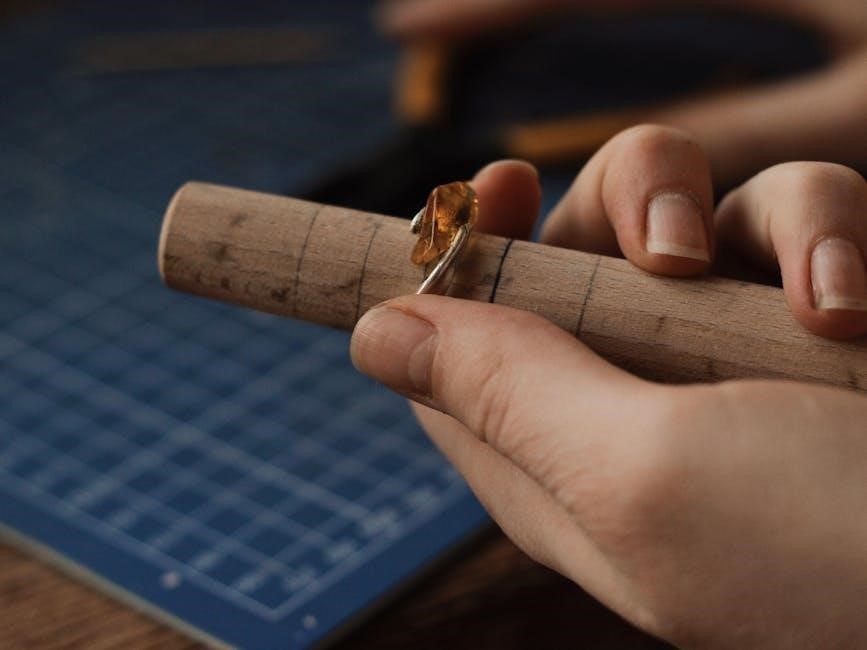
International Ring Size Conversions
Understanding international ring size conversions is essential for global jewelry shopping. Sizes vary across regions, with the US, UK, EU, and others using different standards. This guide helps you navigate these differences seamlessly, ensuring the perfect fit regardless of where you shop.
4.1 Converting US to UK Ring Sizes
Converting US to UK ring sizes involves understanding the differences in measurement standards. US sizes are based on circumference, while UK sizes use a letter system. To convert, measure the inner diameter of the ring in millimeters and compare it to a UK size chart. For example, a US size 6 (diameter 6.0mm) corresponds to a UK size L. Use an online calculator or chart to ensure accuracy. This conversion is essential for international jewelry shoppers to achieve the perfect fit.
4.2 Converting EU to US Ring Sizes
Converting EU to US ring sizes requires a precise approach. EU sizes are often based on the inner circumference in millimeters, while US sizes use a numerical system. To convert, measure the ring’s inner diameter and use a conversion chart. For instance, an EU size 48 (circumference 48mm) corresponds to a US size 4.75. Utilize an online calculator or chart to ensure accuracy, as even slight variations can affect fit. This guide helps international shoppers choose the correct size effortlessly for a comfortable and secure ring fit.
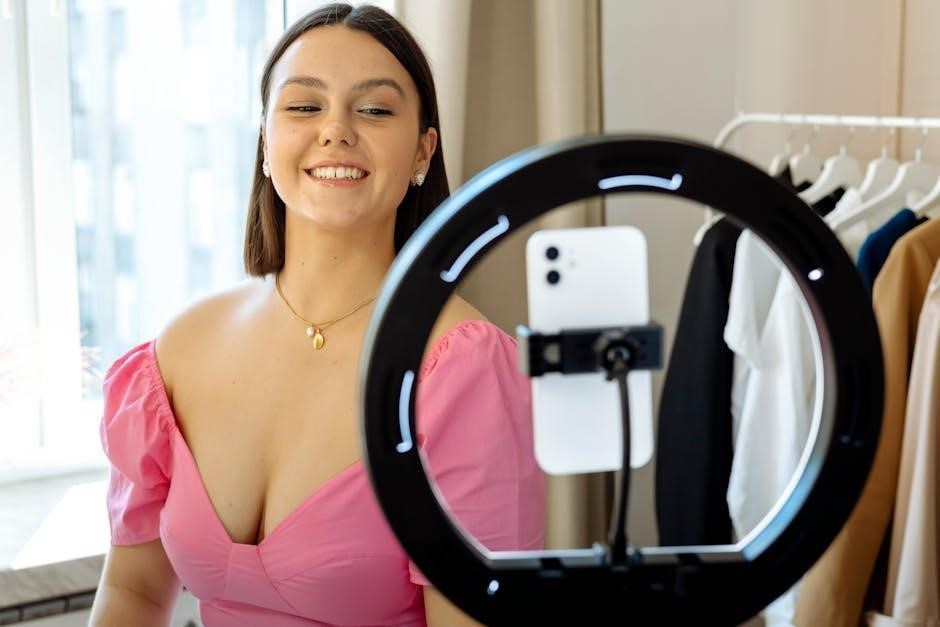
Using a Ring Size Calculator

An online ring size calculator simplifies finding your perfect fit by converting measurements like circumference or diameter into standard sizes. Input your data for accurate results instantly.
5.1 How to Use an Online Ring Size Calculator
An online ring size calculator is a quick and accurate tool to determine your size. Measure your finger’s circumference in millimeters using a string or ruler, then input the measurement. The calculator converts this into your ring size, considering international standards. For existing rings, measure the inner diameter and input it to find the corresponding size. This method ensures a precise fit, eliminating guesswork and providing instant results for comfort and security.
5.2 Understanding the Ring Diameter Calculator
A ring diameter calculator is a tool that converts the inner diameter of a ring into its corresponding size. Measure the ring’s inner diameter in millimeters using a ruler or calipers, then input the measurement. The calculator matches this diameter to a standard ring size chart, providing an accurate fit. This method is ideal for those with an existing ring, ensuring the new ring will be similarly sized for comfort and style. Precise measurements are key to achieving the perfect fit.
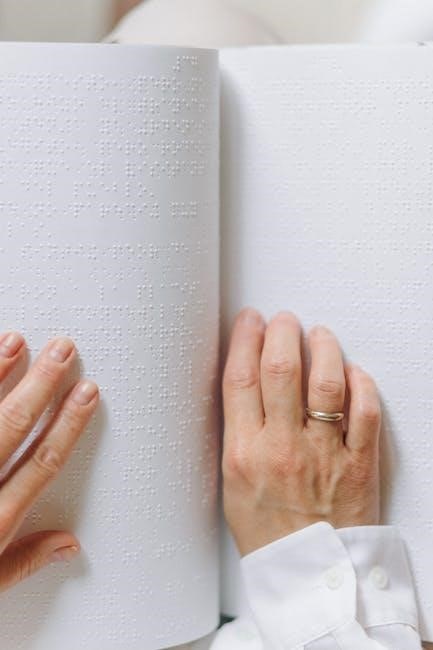
Factors Affecting Ring Size
Knuckle size, finger shape, and temperature significantly influence ring fit. Larger knuckles may require a slightly bigger size, while temperature changes can cause fingers to swell or shrink.
6.1 The Impact of Knuckle Size
Knuckle size plays a significant role in determining the perfect ring fit. Larger knuckles may require a slightly bigger ring size to ensure the ring can slide on and off comfortably. If the knuckle is notably larger than the finger, the ring should fit snugly but not feel tight. Measure the widest part of the knuckle and compare it to the ring size chart in millimeters. This ensures the ring is neither too loose nor restrictive, providing both comfort and security.
6.2 How Finger Shape Affects Fit
Finger shape significantly influences how a ring fits. Slender fingers may require a slightly smaller size, while wider or tapered fingers might need a larger size for comfort. If your fingers are knobby or have prominent joints, the ring should fit comfortably over these areas without feeling tight. The shape of the finger can also affect how the ring sits, so it’s essential to consider both the circumference and the overall structure when selecting the right size. This ensures a balance of comfort and security.
6.3 The Role of Temperature in Ring Fit
Temperature plays a subtle yet significant role in ring fit. In warmer conditions, fingers naturally swell, which can make a ring feel tighter. Conversely, in colder weather, fingers shrink, causing rings to feel looser. This fluctuation can affect the accuracy of your ring size measurement. To ensure a precise fit, measure your finger at a neutral temperature, avoiding extreme heat or cold. This helps in determining a size that remains comfortable throughout varying conditions without compromising security or ease of wear.

Common Mistakes to Avoid
Measuring at the wrong time of day and not considering the ring’s width are common errors. Ensure accurate measurements for a secure and comfortable fit.
7.1 Measuring at the Wrong Time of Day
Measuring your ring size at the wrong time of day can lead to inaccuracies. Fingers tend to swell in the evening and shrink in the morning, affecting size. Avoid measuring after exercise or in extreme temperatures, as this can cause temporary changes. For the most accurate fit, measure when your fingers are at room temperature and in a neutral state. Consistency is key to ensuring your ring size is precise and comfortable.
7.2 Not Considering the Ring’s Width
Neglecting the ring’s width is a common mistake. Wider rings require a larger size for comfort, while narrower rings fit tighter. Always consider the band’s width when measuring, as it affects how the ring sits on your finger. A wider ring may need a size adjustment to ensure it doesn’t feel too snug or restricted. This ensures a balance between comfort and security, preventing potential discomfort or difficulty in removing the ring later.
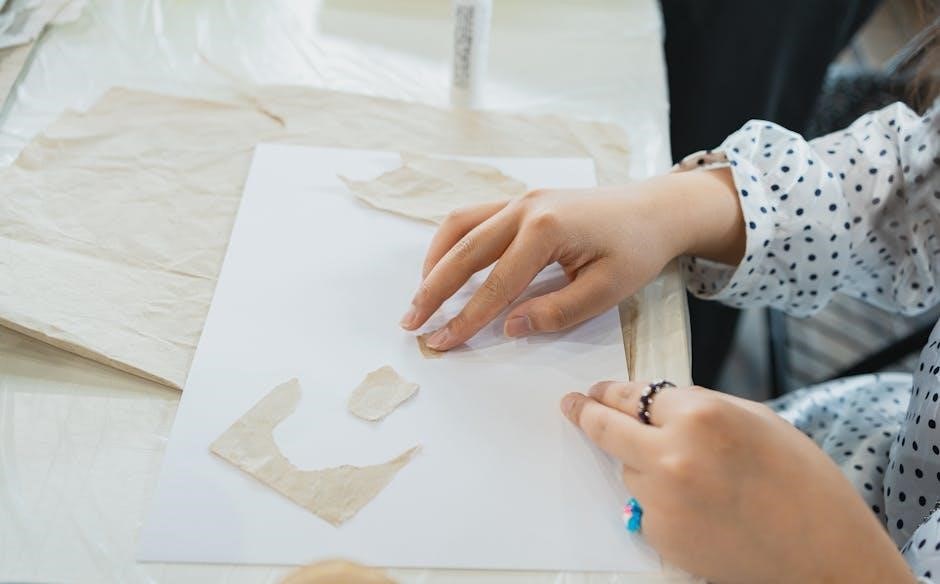
Tips for Choosing the Perfect Fit
Ensure comfort by measuring at the right time of day and considering finger shape and knuckle size. Balance style with security for a flawless fit that feels just right.
8.1 Ensuring Comfort and Security
For a ring to be both comfortable and secure, it must fit snugly without causing discomfort. Measure your finger in the afternoon, as sizes can vary throughout the day. Consider your finger shape—wider fingers may need a slightly larger size. Ensure the ring sits comfortably above the knuckle and doesn’t feel too tight or loose. Using a ring size calculator or printable sizer can help achieve precision. A well-fitted ring should feel secure yet allow for slight movement, ensuring long-term comfort and satisfaction.
8.2 How to Measure for Different Ring Types
Measuring for different ring types requires attention to detail, as design elements can affect fit. For bands, ensure the width doesn’t compromise comfort. For solitaire rings, focus on the stone setting. For rings with intricate designs, consider how the style impacts the fit. Use a ring size calculator or printable sizer to match your finger’s circumference or diameter. Measure at the same time daily, as sizes can vary. Accurate sizing ensures the ring feels comfortable and secure, regardless of its design or type.
Achieving the perfect ring fit requires precise measurements and understanding ring size guides. Use tools like size charts or calculators to ensure comfort and confidence in your jewelry choice.
9.1 Final Thoughts on Achieving the Perfect Fit
Achieving the perfect ring fit is a balance of accuracy and comfort. Proper measurement methods, like using a string or ruler, ensure your ring size is precise. Consider factors like knuckle size and finger shape, as they impact fit. Using a ring size calculator or chart simplifies the process. Remember, a well-fitting ring is both secure and comfortable. By following these guidelines, you can confidently find your ideal size, ensuring your jewelry is both stylish and wearable for years to come.

